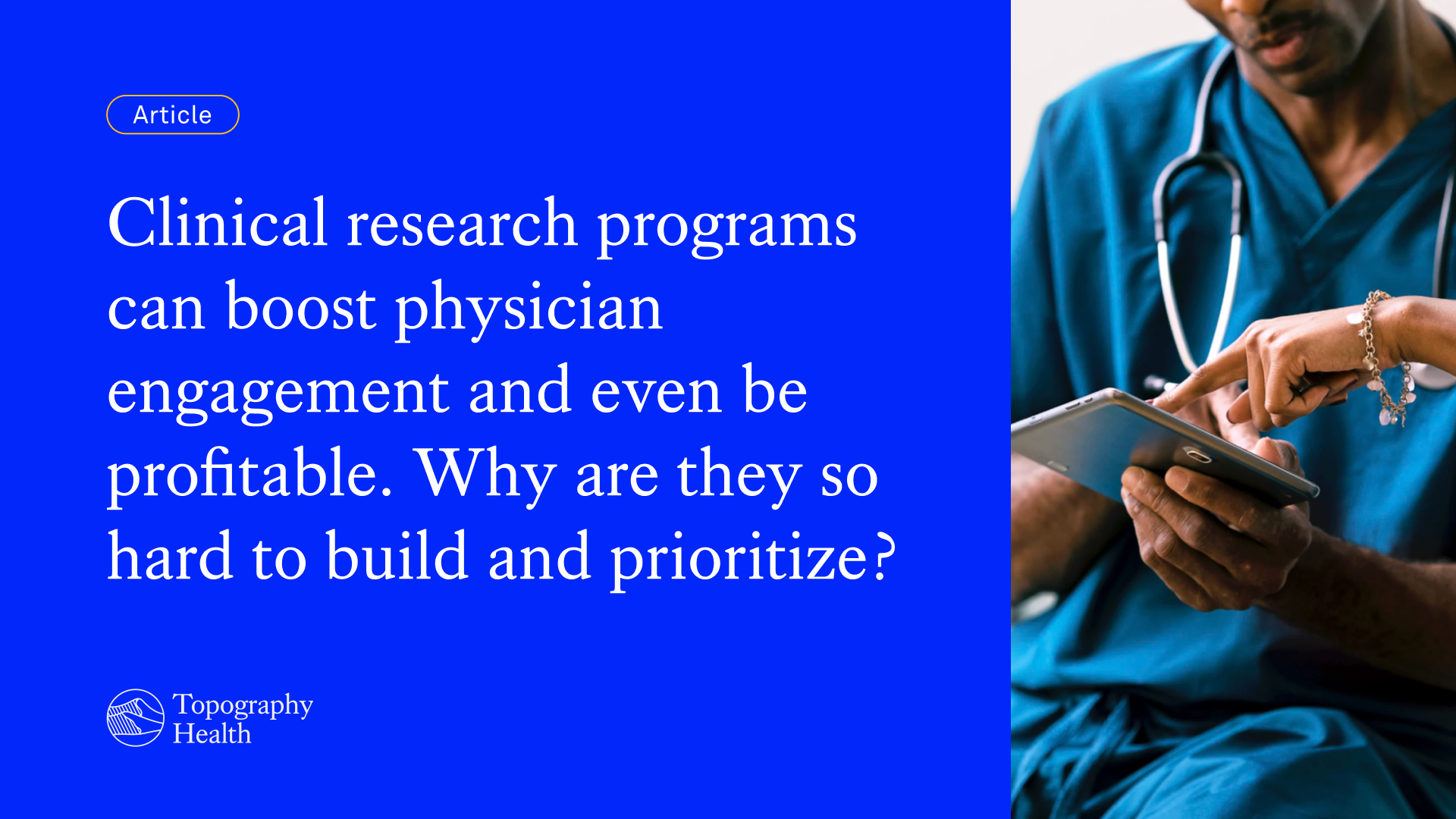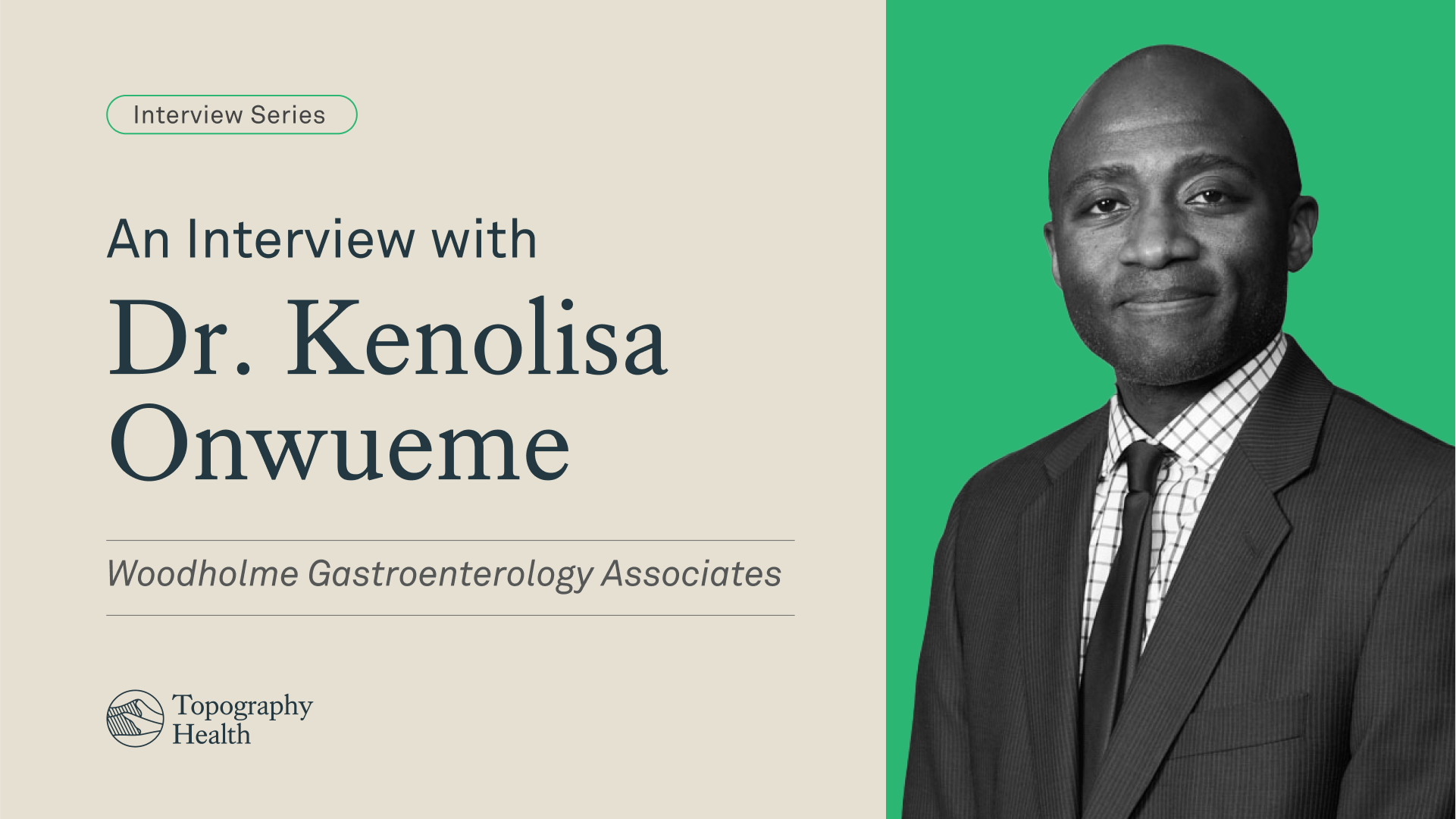An Interview with Principal Investigator Dr. Robert G. Gish, MD, FAASLD
Dr. Gish is a Professor Medicine at Loma Linda University, an Adjunct Professor of Medicine at the University of Nevada School of Medicine in Las Vegas, an Adjunct Clinical Professor at the University of Nevada Reno School of Medicine, and an Adjunct Clinical Professor at the University of California Skaggs School of Pharmacy and Pharmaceutical Sciences. In addition, he is also the Medical Director of the Hepatitis B Foundation and Medical Director of the American Pacific Health Foundation. Dr. Gish has joined the consulting faculty at La Maestra in San Diego to establish a liver care program in the Federally Qualified Health Care clinic in 2014. He is currently seeing patients, both in-person and via telemedicine, at various clinics in San Diego, Folsom, San Jose, Santa Rosa, Valley Springs and via Telemed2U.
Can you tell us a bit about your career journey, particularly as it relates to research?
My interest in research began before I entered medical school. I was fortunate to work in a basic science lab at UCLA with a renowned liver disease expert, and from there, I found myself drawn deeper into the research side of medicine. I received an NIH grant to study calcium signaling in liver cells and got involved in clinical trials. What’s been consistent throughout my career is a commitment to both patient care and research, in parallel. That kind of dual focus is rare – physicians historically had to choose one or the other.
What have you observed about the barriers physicians face in private practice when trying to conduct research?
Research has long been centralized in academic institutions, but trial approvals in that setting can take six months or longer due to contracting and review boards. Meanwhile, physicians in private practice face an entirely different set of challenges: lack of infrastructure and administrative support (including HR and legal), financial risk, and limited bandwidth. For many physicians, especially those without training in trial operations or business development, the idea of building a program from the ground up can feel like an impossible lift.
How do you see technology playing a role in scaling research in community settings?
Technology plays a key role, but operational infrastructure cannot be overlooked. In our case, we couldn’t have built successful research programs without addressing staffing and management first. Once that foundation was in place, we implemented AI and data management tools designed specifically for trial efficiency and the massive amounts of data involved. Technology is certainly enabling a future where physicians don’t have to make an explicit choice between practice and research, but without the infrastructure to support it, tech alone won’t move the needle.
Why is it important to bring research into community practice settings?
The most important reason is access. The communities that would benefit most from clinical trials are often the least likely to be enrolled. If we want to solve for diversity, equity, and inclusion in research, we need to bring trials to where patients already are—which is often their local community practice. When research happens in the same place care happens, you create better outcomes for patients.
How does building research into a community practice setting impact physicians specifically?
Incorporating research into a practice can be incredibly energizing. Many find that participating in research adds depth and meaning to their work, giving them a direct role in contributing to the advancement of medicine—not just applying it. It empowers physicians to shape the future standard of care by bringing emerging treatments and therapies directly to their patients. Beyond the clinical impact, it opens new professional pathways: leading trials, collaborating with sponsors, and publishing findings, all while remaining in a community setting.
What would you say to a medical student or early-career physician considering research but unsure how to approach it?
When I started out, the only real option was basic science in a university setting. Then came translational research. Now we’re in a third wave: clinical research happening in community practices. If you’re a student or a physician trying to figure out how to balance clinical care and research, know that you don’t have to choose one over the other. With the right partners and the right infrastructure, you can do both and make a real difference.












